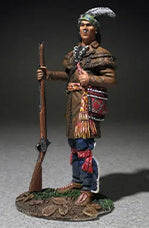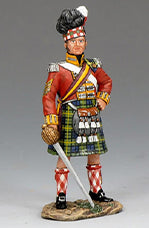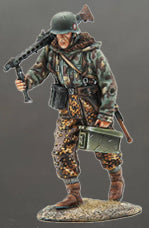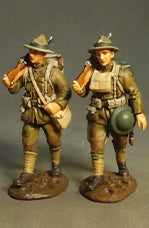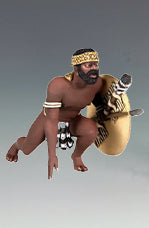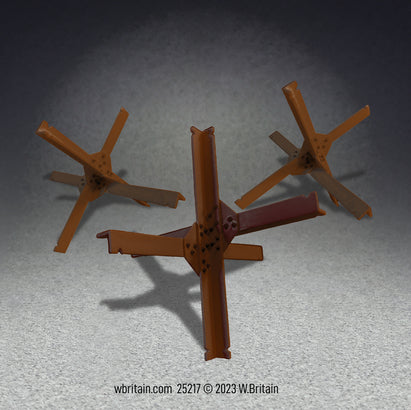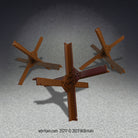25217 - Hedgehog Anti-Tank Obstacle
Couldn't load pickup availability
NEW! IN STOCK!
Hedgehog Anti-Tank Obstacle
The caltrop was the inspiration for the anti-tank obstacle, the hedgehog. They were widely used during WWII notably by the Soviets in front of Moscow (they were especially effective in urban combat, where a single hedgehog could block an entire street) and on Germany’s Atlantic Wall. Industrially manufactured, hedgehogs were typically made of three pieces of metal angle bar about 6' in length, weighing over 400 lbs each, two of which were joined together at the factory while the third arm was connected on-site with rivets and bolts. Notches for attaching barbed wire were cut into the arms. When not anchored to the ground they “rolled” under any vehicle attempting to drive over them, impaling their victim, much like the ancient caltrop.

